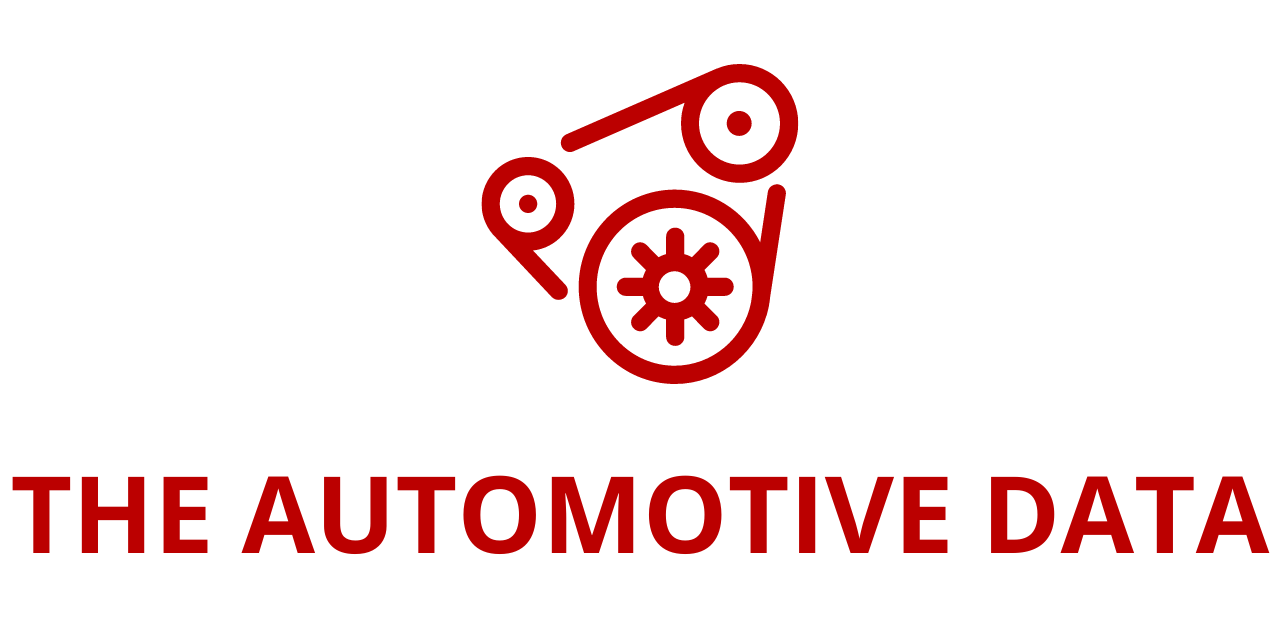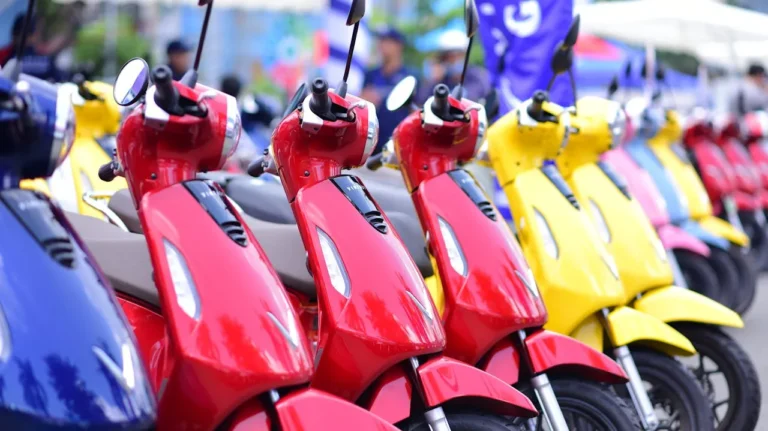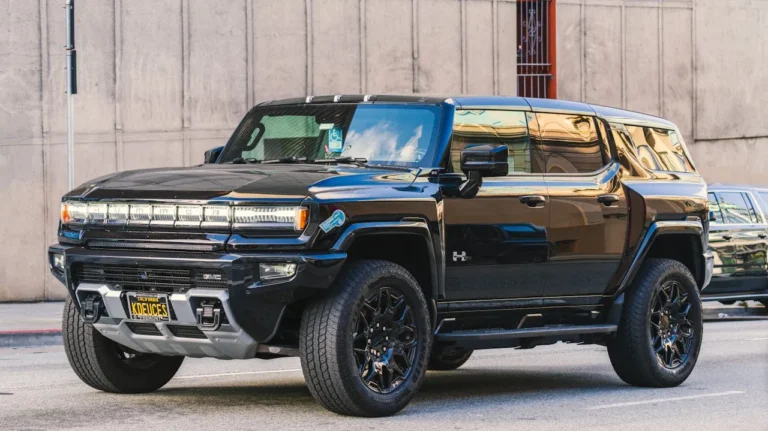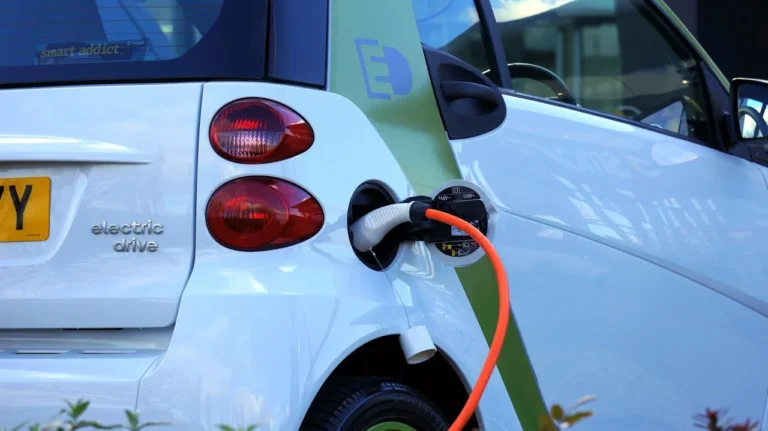
VinFast and the Future of EV Adoption: Building More Than Just Cars
The electric vehicle (EV) revolution is about far more than just the vehicles themselves. While advancements in battery technology and cost reductions are crucial, the real game-changer lies in creating an ecosystem that supports ownership in a way that makes switching effortless. Companies like VinFast and other industry leaders recognize that mass adoption will only happen when concerns such as range anxiety, charging infrastructure, and reliable service are addressed comprehensively.
Beyond the Car: Why Infrastructure Matters
The shift to electric mobility is accelerating, with global sales reaching a record 17.1 million units in 2024. However, the challenge ahead is clear: the wave of early adopters is shrinking, and convincing the next wave of consumers to switch to EVs requires more than just improved technology.
For many potential buyers, the decision to switch to an electric vehicle is not just about the specifications of the car but the convenience and reliability of the overall experience. Without a widespread and accessible charging network, reliable service centers, and incentives that make the transition financially appealing, many consumers will hesitate. Therevolution needs an ecosystem, not just cars.
The VinFast Approach: A Holistic Strategy
Among the automakers pioneering this shift, Nasdaq-listed VinFast stands out by implementing a comprehensive ecosystem strategy that extends beyond vehicle production. The Vietnamese automaker is not just manufacturing EVs; it is also heavily investing in infrastructure to eliminate key consumer pain points.
Tackling Range Anxiety
One of the most significant hurdles for adoption is range anxiety—the fear of running out of charge with no accessible charging station nearby. VinFast has taken an aggressive approach to counteract this concern. In its home country of Vietnam, it has established an extensive charging network, placing stations every 3.5 kilometers in cities and every 65 kilometers on highways. This surpasses even the U.S. government’s recommendation of one station every 80 kilometers on major roads.
By making charging as accessible as traditional fuel stations, VinFast has successfully positioned itself as Vietnam’s leading brand in 2024. This extensive infrastructure reassures consumers that they won’t be stranded due to a lack of charging options, thereby removing one of the biggest psychological barriers to ownership.
Expanding the Model Globally
VinFast’s ambitions extend far beyond Vietnam. The company is actively rolling out its ecosystem-first strategy in multiple international markets, adapting its approach to fit regional needs.
- Indonesia: Partnering with V-GREEN, VinFast aims to install 30,000 chargers by 2025, with plans to add another 100,000 through further collaborations. This aggressive expansion seeks to provide a strong charging network that will ease consumer concerns and accelerate adoption.
- Canada: Understanding that infrastructure and affordability are key concerns, VinFast offers competitive lease deals and an industry-leading 10-year/100,000 km warranty. It has also partnered with local dealerships and integrated its mobile app with 95% of public charging stations across North America, ensuring seamless access to charging infrastructure for its customers.
- U.S. and Europe: VinFast is eyeing additional markets, exploring partnerships, and making strategic investments to expand its charging and service networks.
Easing the Financial Transition
One of the primary reasons consumers hesitate to switch to s is the high initial cost and uncertainty surrounding resale value. To address this, VinFast has introduced a unique buyback program, guaranteeing up to 90% of the original vehicle price for customers who wish to return their EV within a specified period. This initiative reduces the perceived financial risk and makes owning an EV a more attractive proposition.
Backed by the vast resources of Vingroup, Vietnam’s largest private conglomerate, VinFast can afford to prioritize long-term ecosystem building over short-term profitability. This contrasts sharply with legacy automakers, which are often constrained by the need to balance investments in both gas-powered and electric vehicles.
The Broader Industry Challenge
VinFast is not the only company investing in infrastructure, but its approach highlights a critical lesson for the entire industry: electric vehicles will not become mainstream unless automakers move beyond merely producing cars and instead build a comprehensive support system around them.
Traditional automakers, recognizing this reality, have begun investing in battery technology and charging infrastructure. Governments are also stepping in with incentives and infrastructure development programs. However, progress is uneven, and without a coordinated effort,s risk remaining a niche product rather than achieving mass adoption.
The Future of Mobility: An Ecosystem-First Approach
The transition to electric mobility cannot succeed in isolation. While the technology behind EVs—batteries, motors, and software—is vital, the overall ownership experience is what ultimately convinces mainstream consumers to make the switch.
The companies that take an ecosystem-first approach, prioritizing infrastructure, financial incentives, and seamless customer experiences, will be the ones that shape the future of mobility. Those that fail to do so risk fading into irrelevance, much like the early electric vehicle pioneers that couldn’t overcome the fundamental challenges of adoption.
As the industry moves forward, one thing is clear: the EV revolution is not just about making better cars—it’s about making electric vehicle ownership effortless, reassuring, and sustainable. Companies that understand this and act accordingly will be the ones leading the charge into a cleaner, more electrified future.







